El Deutsches Architekturmuseum (DAM) es el principal, ya que está lejos de ser el único, museo dedicado a la arquitectura en Alemania. Es importante por varias razones: tiene una súper colección de planos y de maquetas de arquitectos del siglo XX originarios de todas partes del mundo, su edificio es un hito de la arquitectura Postmodernista y museística y su fundador fue todo un personaje, al punto que todavía hoy se le recuerda en el medio de los museos de arquitectura.
The Deutsches Architekturmuseum (DAM) is the main, since it is far from being the only, museum devoted to architecture in Germany. It’s important for many reasons: it has an excellent collection of drawings and models from 20th century architects from all over the world; its building is a masterpiece of Postmodernism and museum architecture, and its founder was a very interesting character, to the point where he is still greatly remembered in the architectural museum world.
El museo fue fundado gracias a la iniciativa de Heinrich Klotz, un profesor de Historia del arte. Cuenta que se le ocurrió la idea de crear un museo exclusivamente dedicado a la arquitectura cuando visitó el estudio de Mies van der Rohe y se dio cuenta que las maquetas de los proyectos del arquitecto iban a ser desechadas una vez que los edificios fueran entregados. Klotz pensó en lo valiosas que son las maquetas que han logrado conservarse del Renacimiento y supo que tenía que hacer algo para conservar las del siglo XX. Desde entonces empezó a coleccionar maquetas pero también planos y otros documentos de arquitectos todavía en vida, con el objetivo de fundar un museo, al que fue de ciudad en ciudad en Alemania a proponer la idea.
En Frankfurt, Klotz logró obtener el apoyo financiero para fundar el museo, ampliar la colección y hacer que el arquitecto que él había escogido restaurara una de las villas frente al río Main. Este fue el primer proyecto que Ungers construyó en Alemania después de regresar de los Estados Unidos dio clases en Cornell, Harvard y en UCLA. Ungers vació por completo el edificio original dejando únicamente el techo, las paredes exteriores y el muro perimetral. Cubrió el jardín con un techo de vidrio y construyó una casa en el interior de la casa original, teniendo como soporte cuatro pilotes que salen desde el auditorio en el sótano (donde niños jugaban con Legos cuando fui de visita) y atraviesan los diferentes niveles del museo. La casa fue remodelada por los nuevos directores cuando Ungers dejó el DAM para irse a fundar otro museo, pero actualmente ha regresado casi a su estado original, con la excepción de que ahora tiene un café en el lobby de acceso.
Klotz era un gran defensor de la arquitectura Postmodernista y gran parte del programa inicial de exposiciones estaba dirigido a defender obras y autores que no eran muy conocidos en Alemania en ese entonces. De hecho, la primera exposición del DAM se llamó “Revisión del Moderno”, ya que Klotz afirmaba que el Postmodernismo era una reconsideración de la estética y de los valores del Modernismo. Es decir que no era un rechazo total del movimiento Moderno, sino más bien una forma de integrar finalmente las lecciones del pasado y terminar con la tabula rasa que era cómo había se había llevado a cabo la reconstrucción después de la Segunda Guerra Mundial. Esta teoría no era exactamente la que promovía el famoso teórico del Postmodernismo, Charles Jencks, que no podía disimular el hecho que no estaba de acuerdo con Klotz, ni cuando le tocó entrevistarlo, ni cuando publicó en libros dirigidos por Klotz.
Otro gran aporte de Klotz fue la creación de la exposición permanente del museo “From primitive hut to skyscraper”, inaugurada en 1989, en la que a través de maquetas se pueden ver las diferentes formas de habitación a través de la historia. Ese mismo año Klotz dejó el museo y con él se acabó una época de bonanza financiera para la institución, ya que Frankfurt empezó a reducir su presupuesto dedicado a la cultura. Sin embargo, el DAM ha logrado sobrevivir y se ha mantenido vigente como uno de los museos más importantes de arquitectura del mundo. Y a pesar de que Klotz murió en 1999, todavía se le recuerda como un director súper dinámico, carismático y que logró que el público en general se interesara por primera vez en la arquitectura. Me encantó haber estado allí.
The museum was founded thanks to the initiative of Heinrich Klotz, an Art History professor. He got the idea of creating a museum exclusively devoted to architecture when he visited Mies van der Rohe’s studio and he found out that the architects’ models were thrown out once the buildings were completed. Klotz tought about how valuable were the models that were able to survive from the Renaissance and he knew he had to do something to preserve the ones from the 20th century. From that point on he started collecting models but also drawings and other documents from architects who were still alive, in order to create a museum. So he went from city to city in Germany to propose the idea.
In Frankfurt Klotz managed to get the financial support he needed to establish the museum, broaden the collection and he even got the architect he had chosen to renovate one of the abandoned villas in front of the river Main that was going to be a part of the Museum Island. This was the first project Ungers got to build in Germany after coming back from the States where he taught at Cornell, Harvard and UCLA. Ungers entirely emptied the original building, leaving only the roof as well as the exterior and surrounding walls. He covered the garden with a translucent glass roof and he built a house inside of the original house, having as support four pillars that come from the auditorium in the basement (where kids were playing with Legos when I visited) all throughout the different levels of the museum. The house was later modified by the new directors once Ungers left the DAM to create another museum, but nowadays the house has been reestablished almost to its original state, with the exception that now it has a coffee lounge on the entrance lobby.
Klotz was a great advocate for Postmodernist architecture and a great part of the original program of exhibitions in the museum was directed to defend works and authors that were not very well-known in Germany at the time. In fact, the first exhibition in the DAM was called “Revision of the Modern”, since Klotz thought that Postmodernism was a reconsideration of the aesthetics and the values of Modernism. In other words, it was not an complete refusal of the Modern movement but instead a way to finally integrate the lessons of the past and finish with the tabula rasa that characterized reconstruction after the Second World War. This theory is not exactly the one promoted by the famous theorist of Postmodernism, Charles Jencks, who was never able to dissimulate his disagreement with Klotz when he interviewed him, or when he published articles in books edited by Klotz.
Another great contribution by Klotz was the creation of the museum’s permanent exhibition “From primitive hut to skyscraper”, inaugurated in 1989, in which models show the different forms of housing through history. That same year Klotz left the museum and with his departure ended the times of financial bonanza for the institution, since Frankfurt started reducing its budget devoted to culture. However, the DAM has managed to survive and has remained one of the most important architectural museums in the world. And even though Klotz passed away in 1999, he is still remembered as a very dynamic and charismatic director, one who managed to interest a wide audience in architecture for the first time. I loved being there.
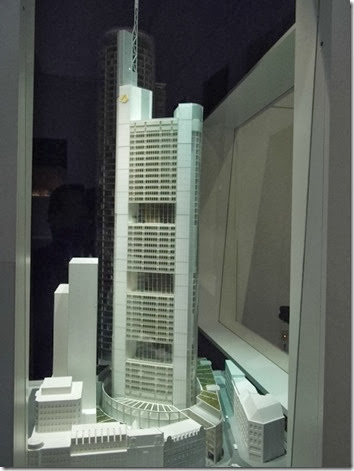 | 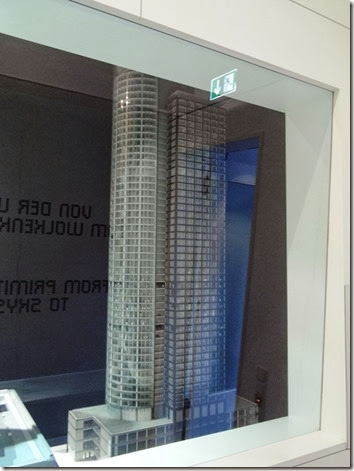 |
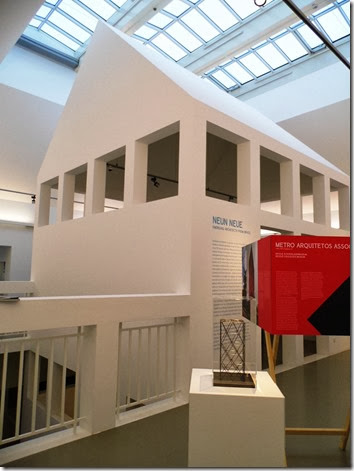 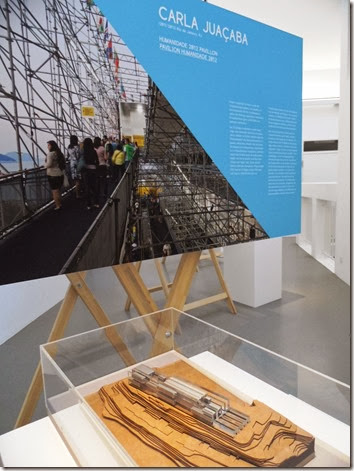 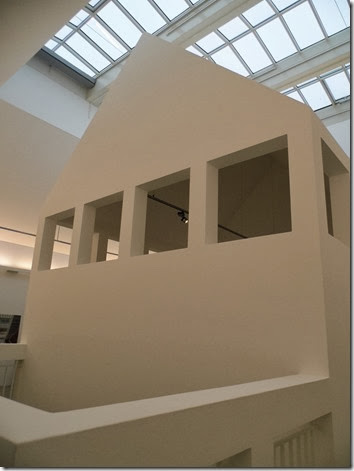 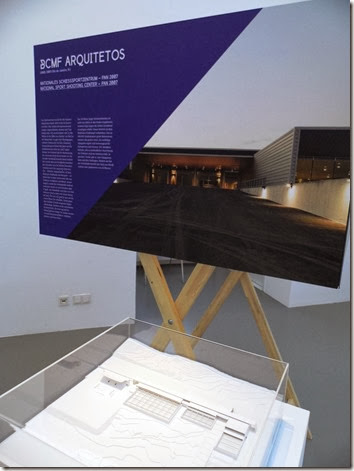 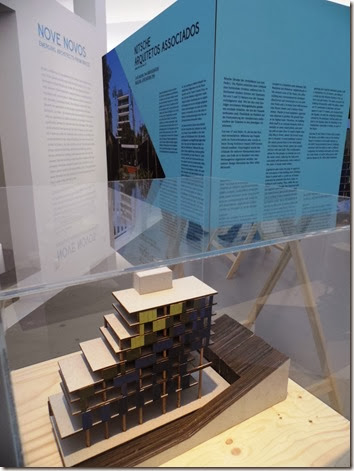 | 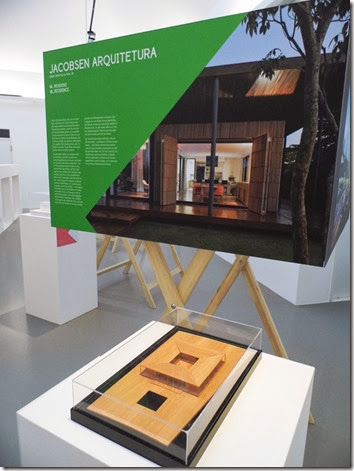 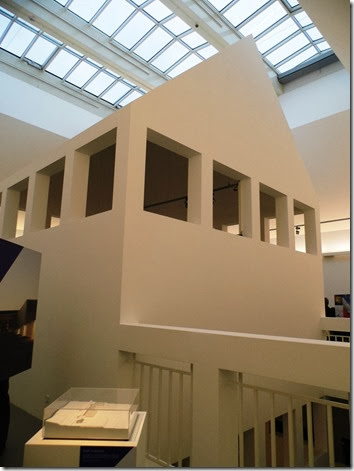 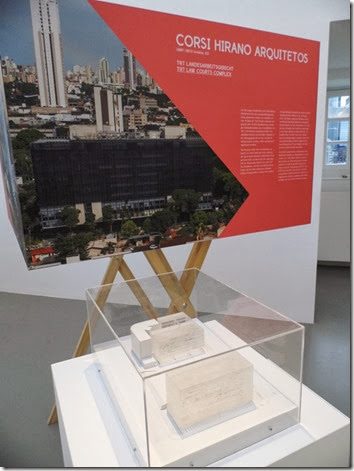 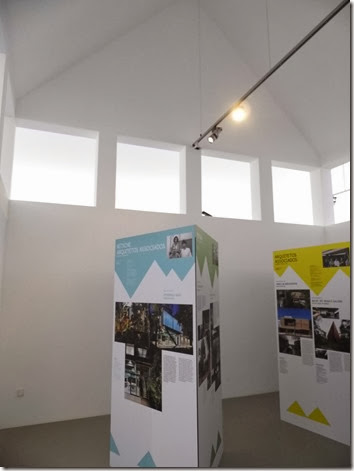 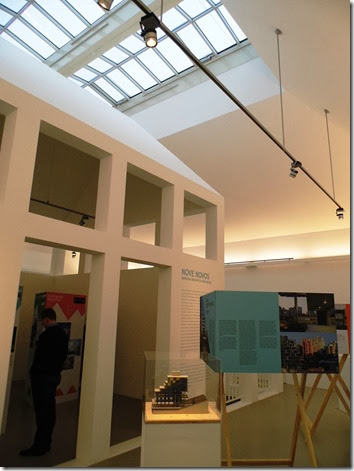 |
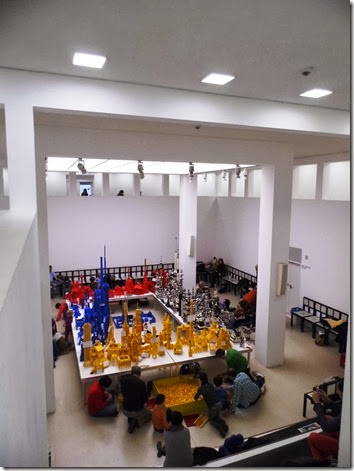 | 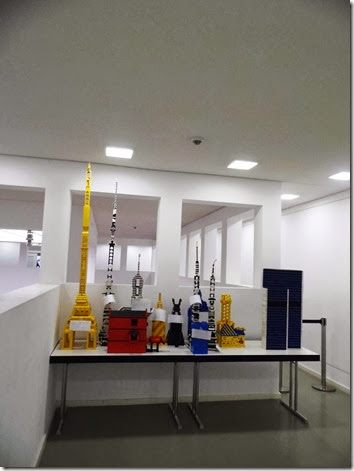 |
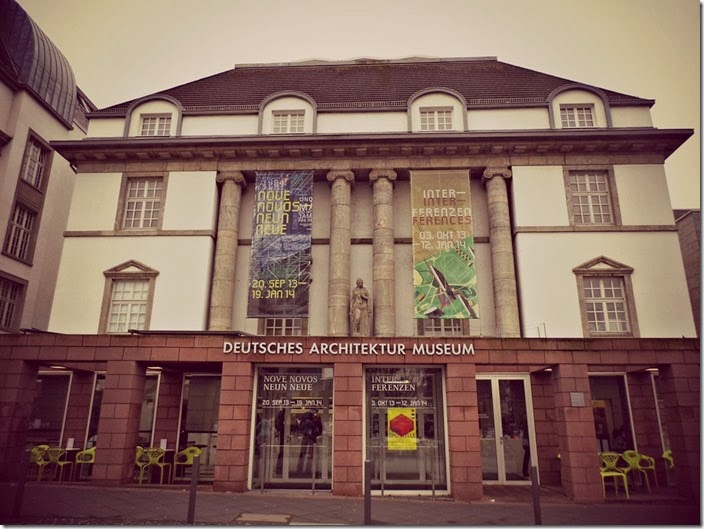
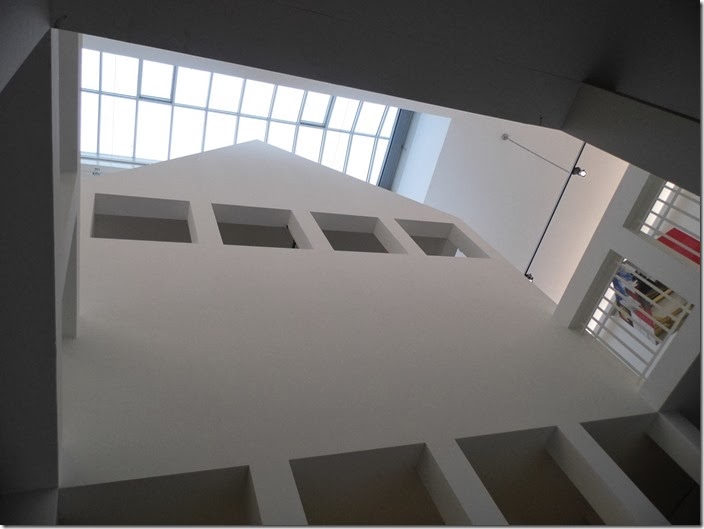
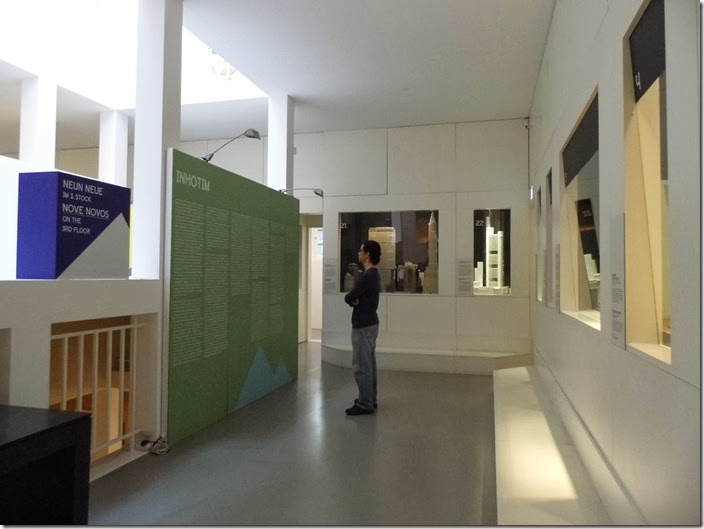
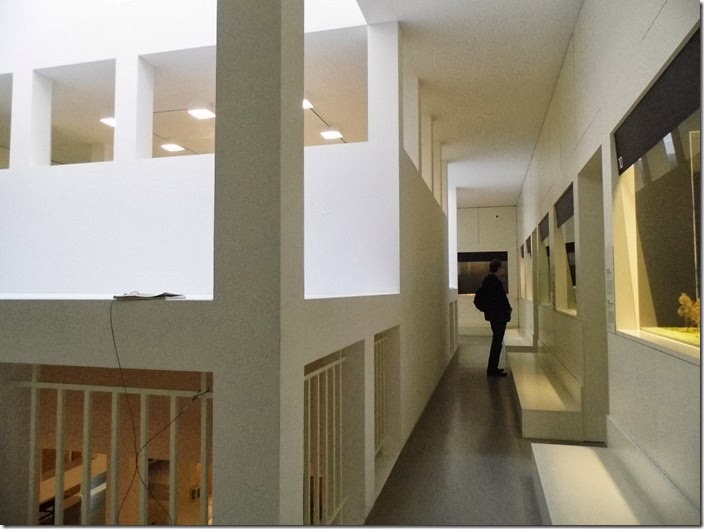
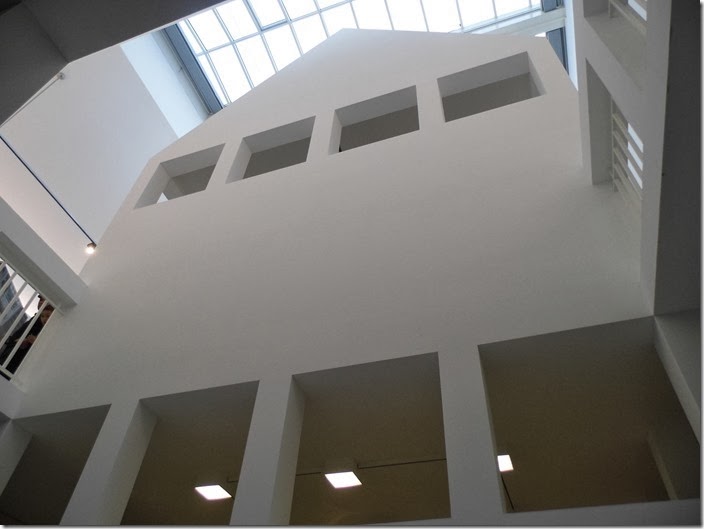
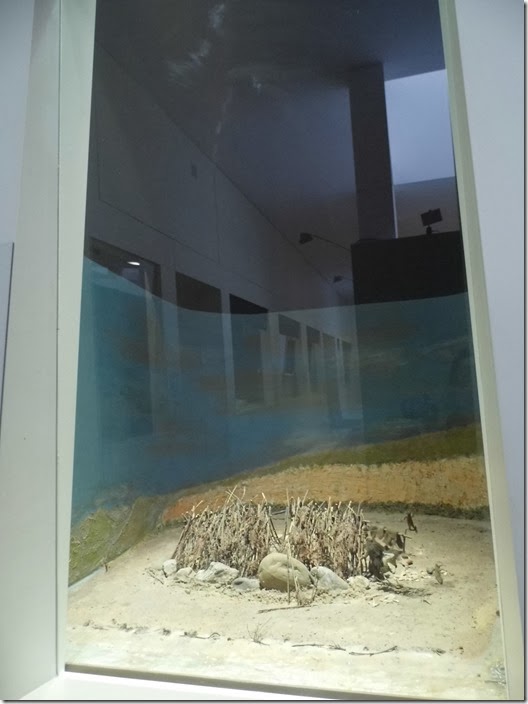
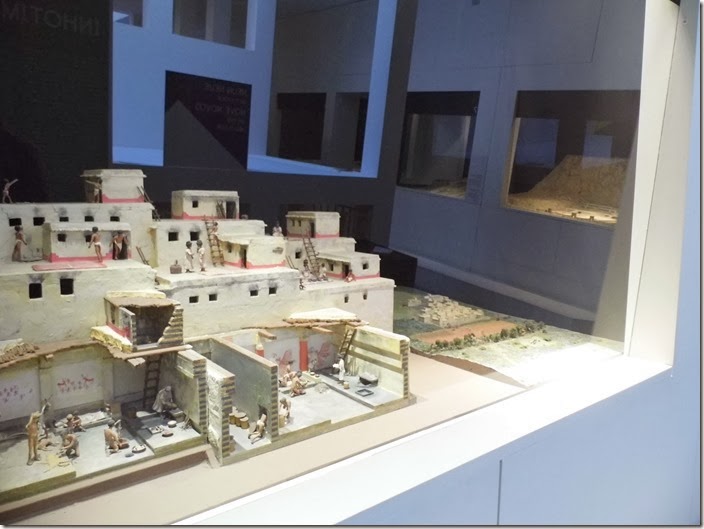
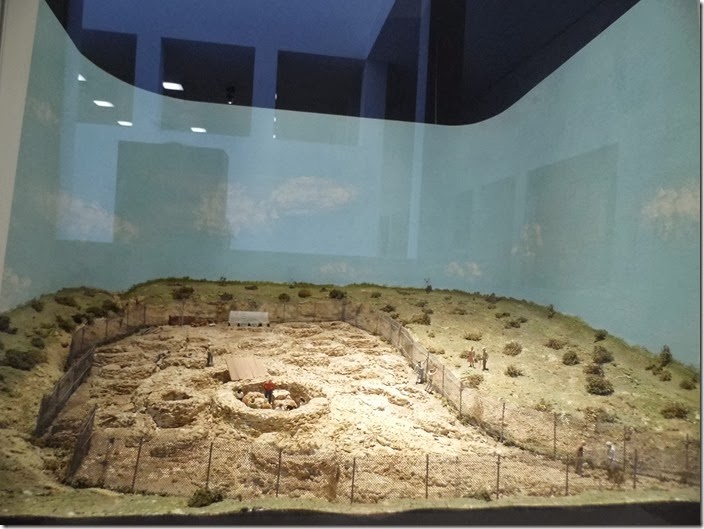
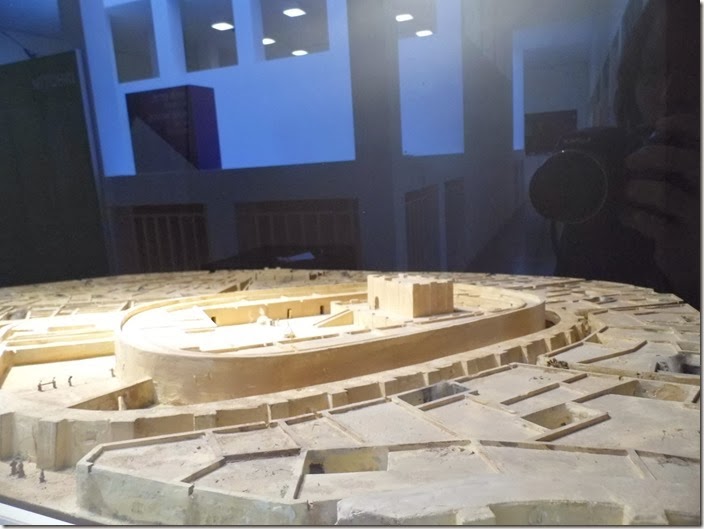
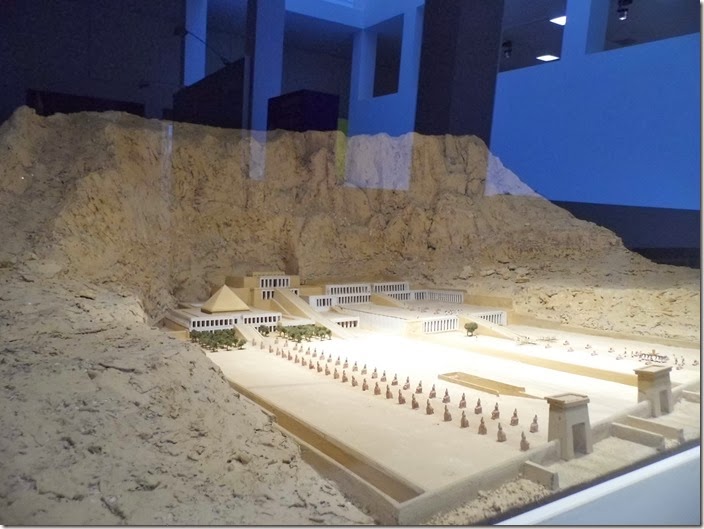
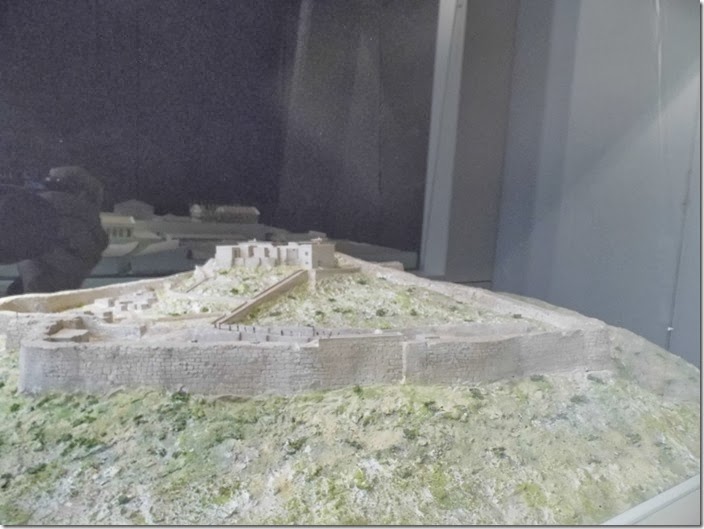
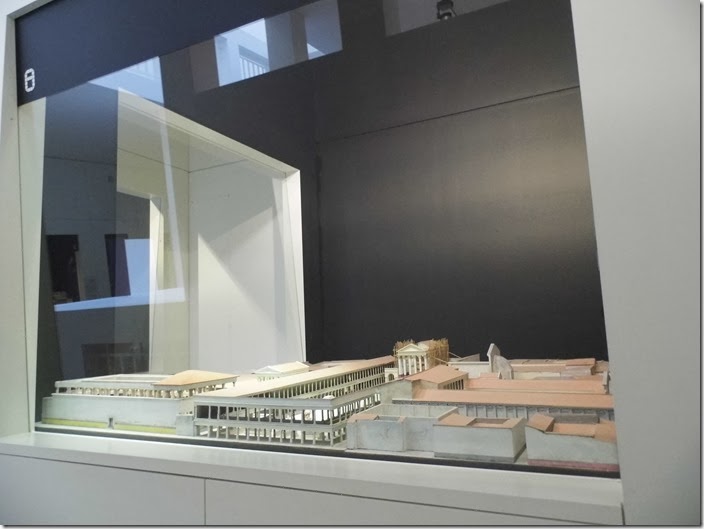

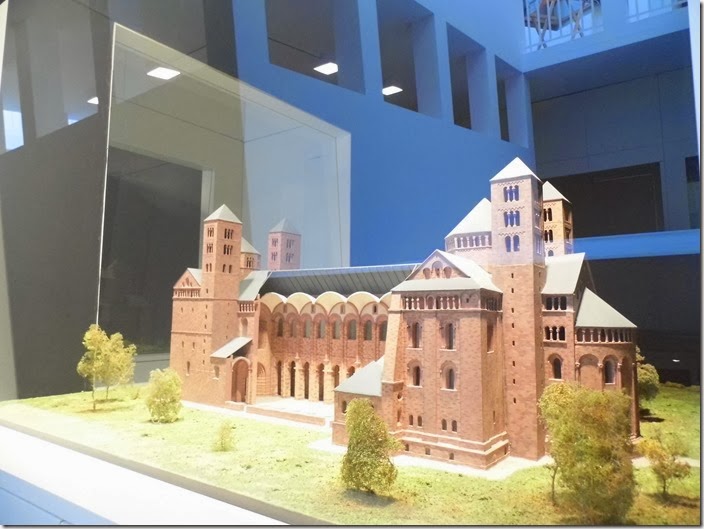

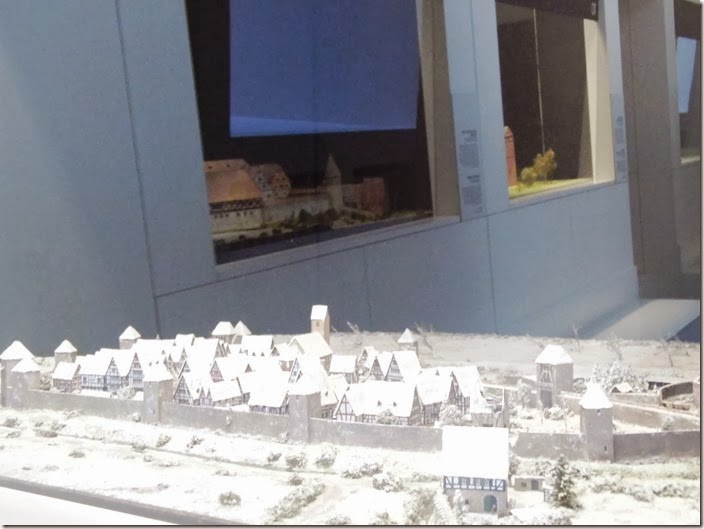
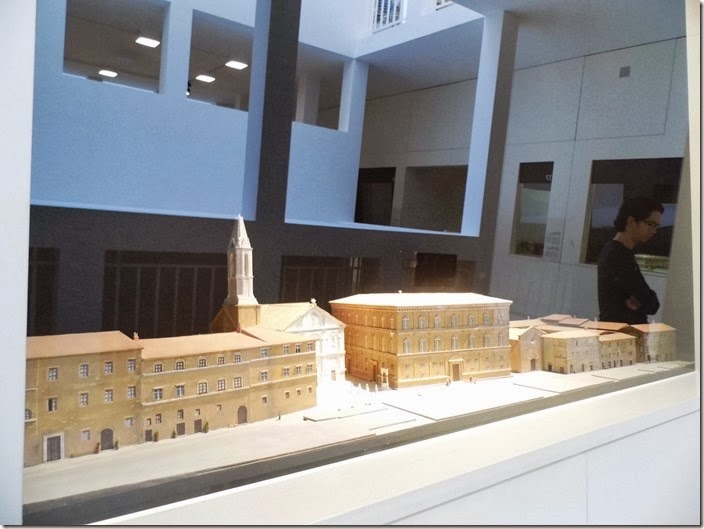
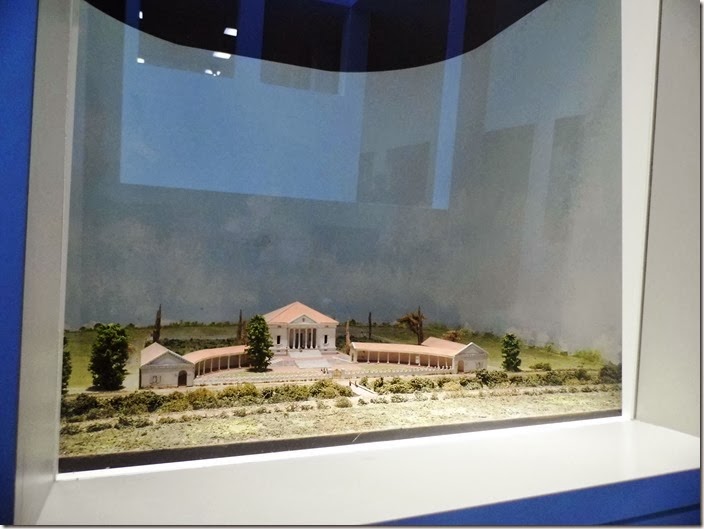
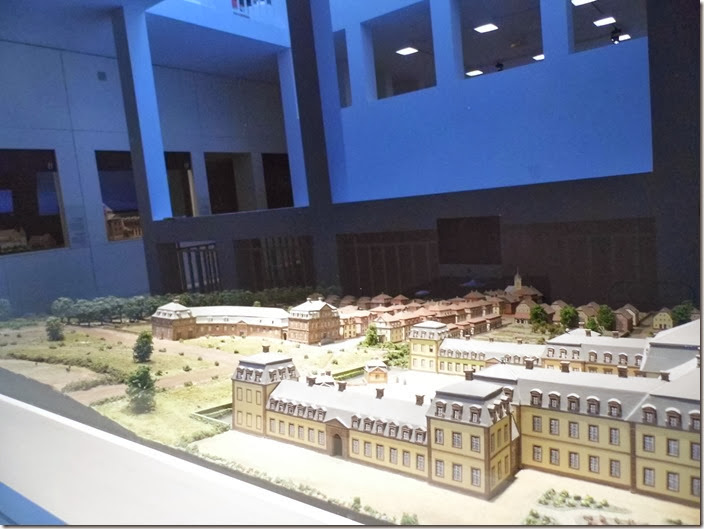

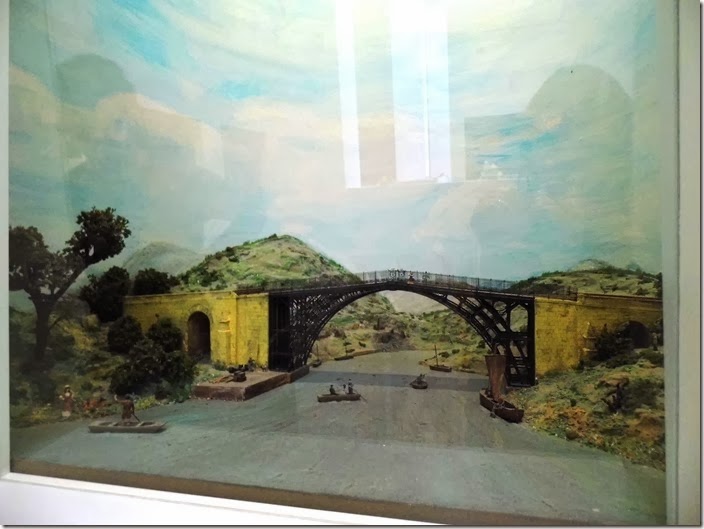
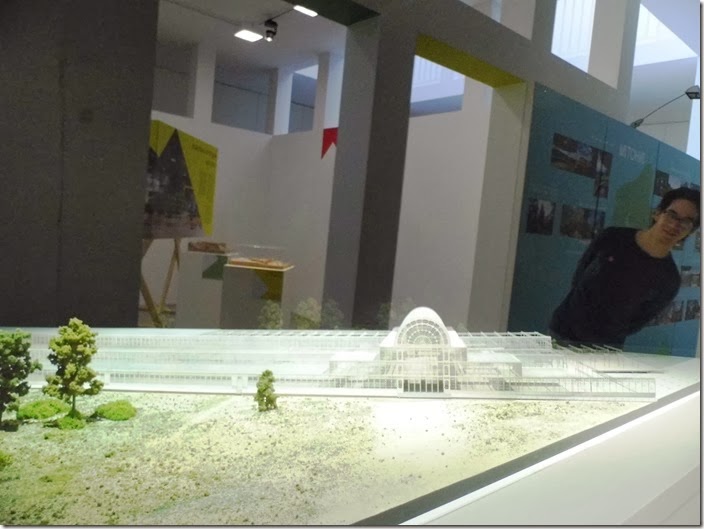
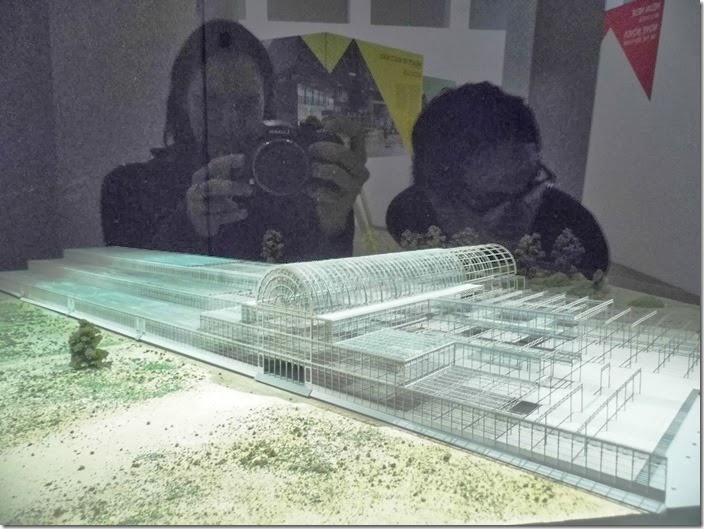
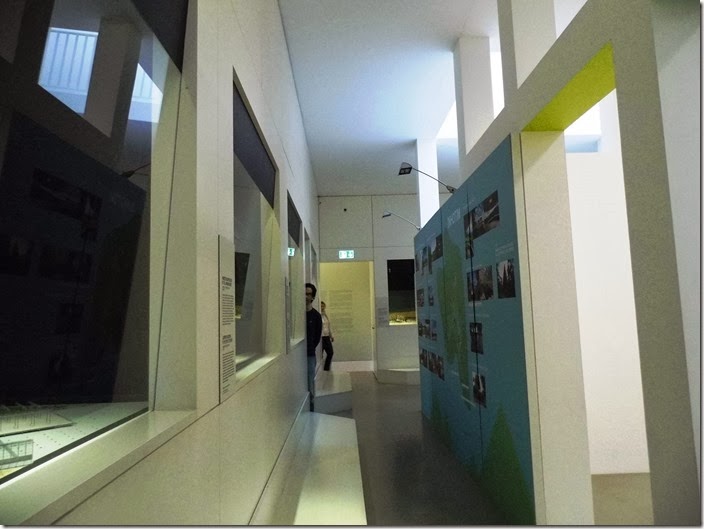
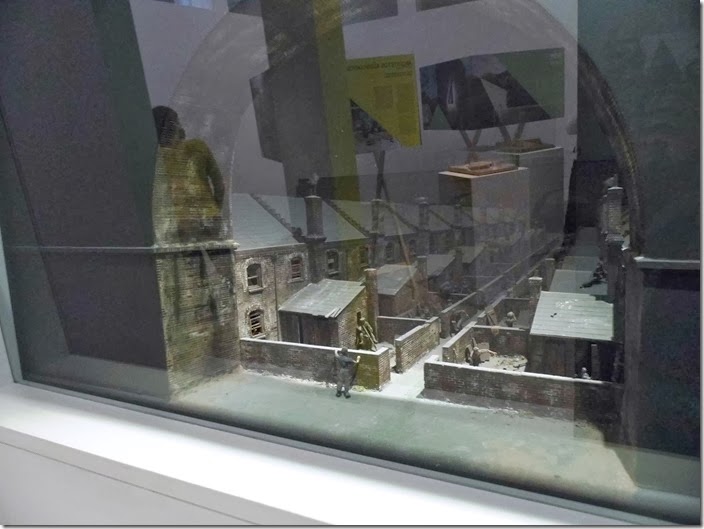
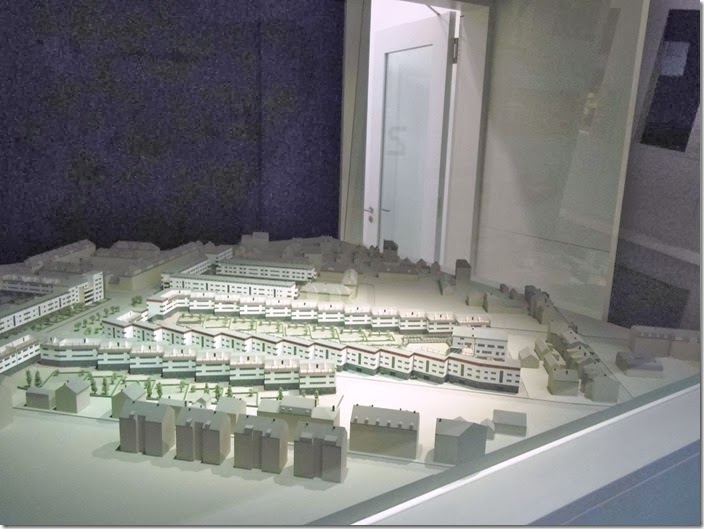
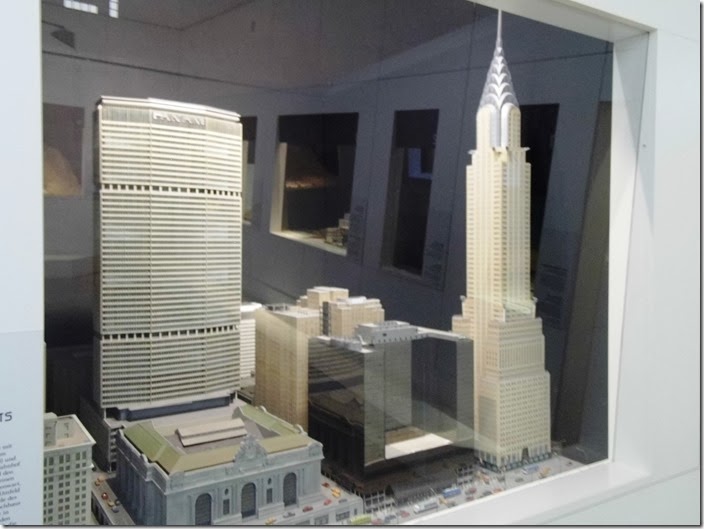
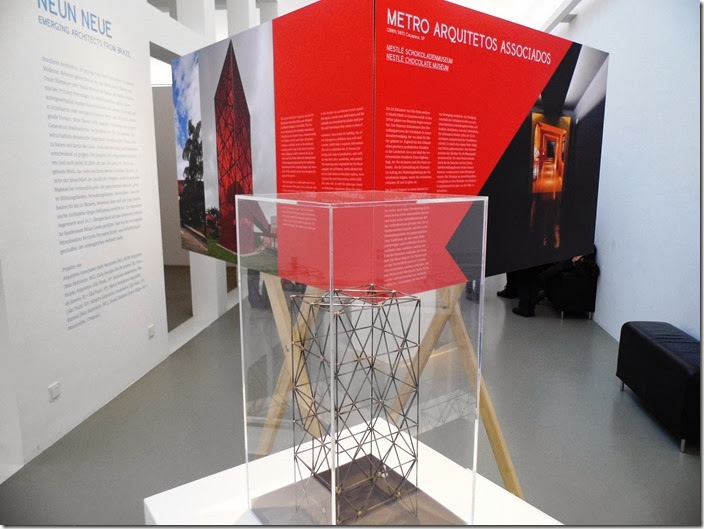
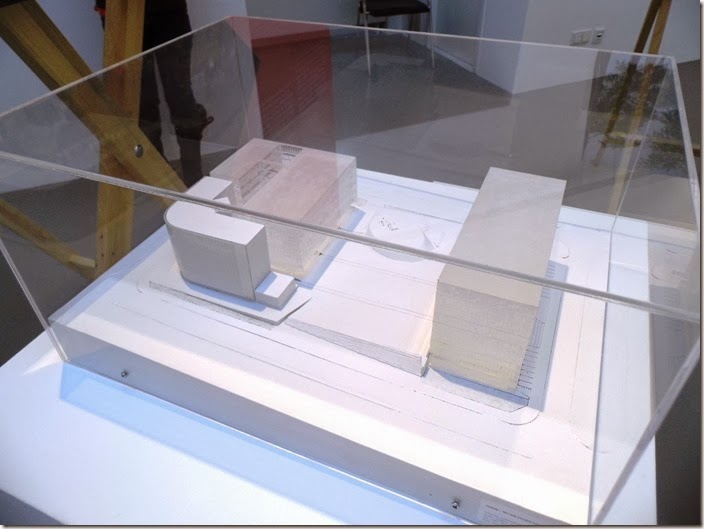


Post a Comment